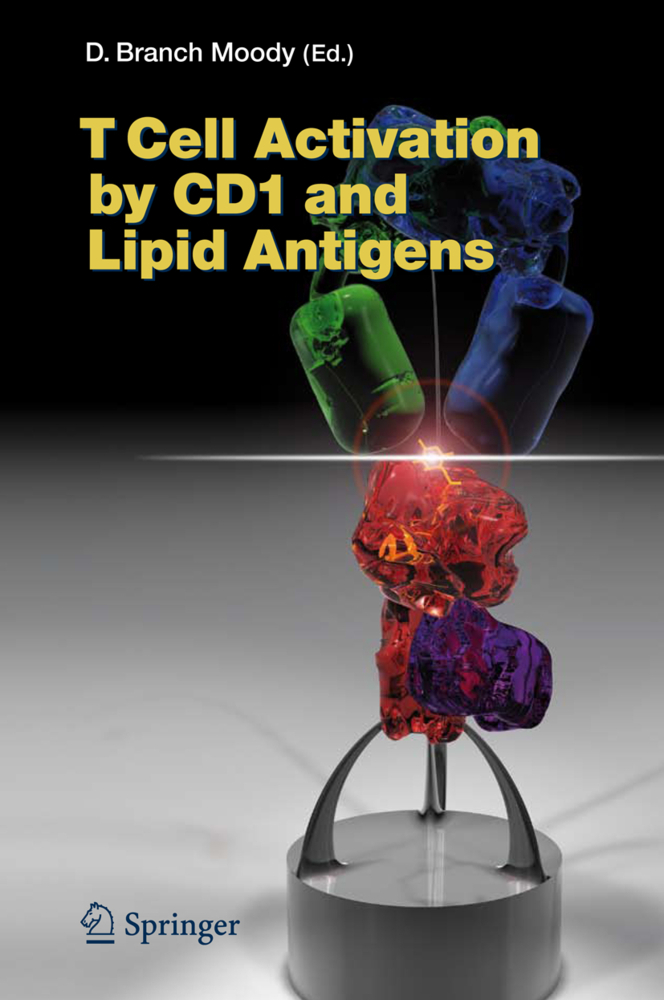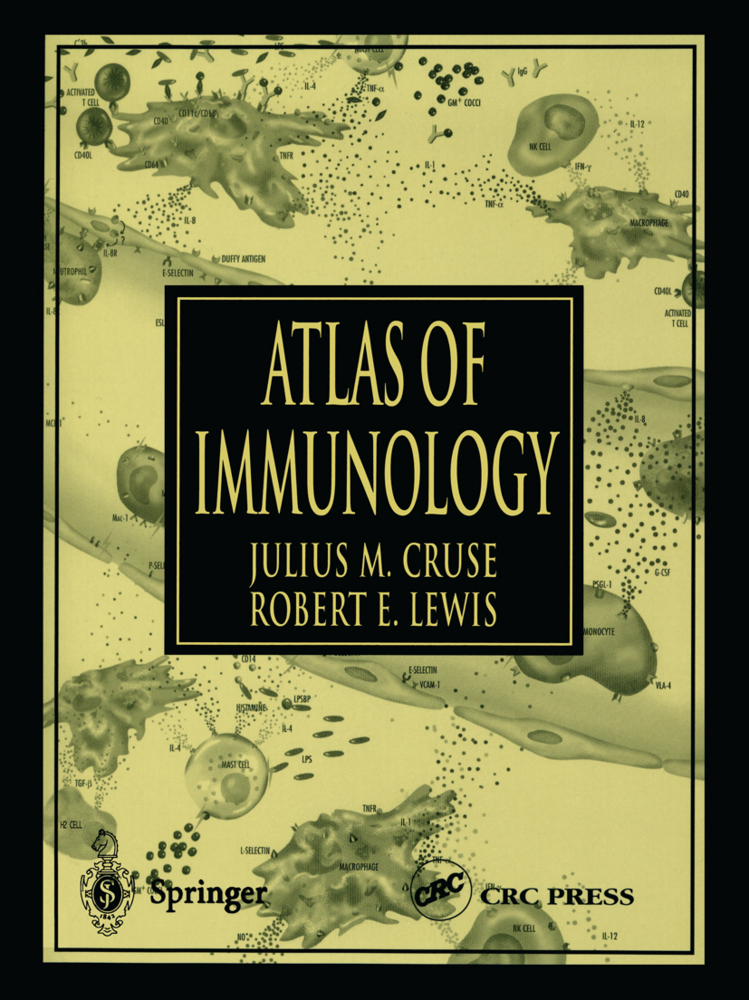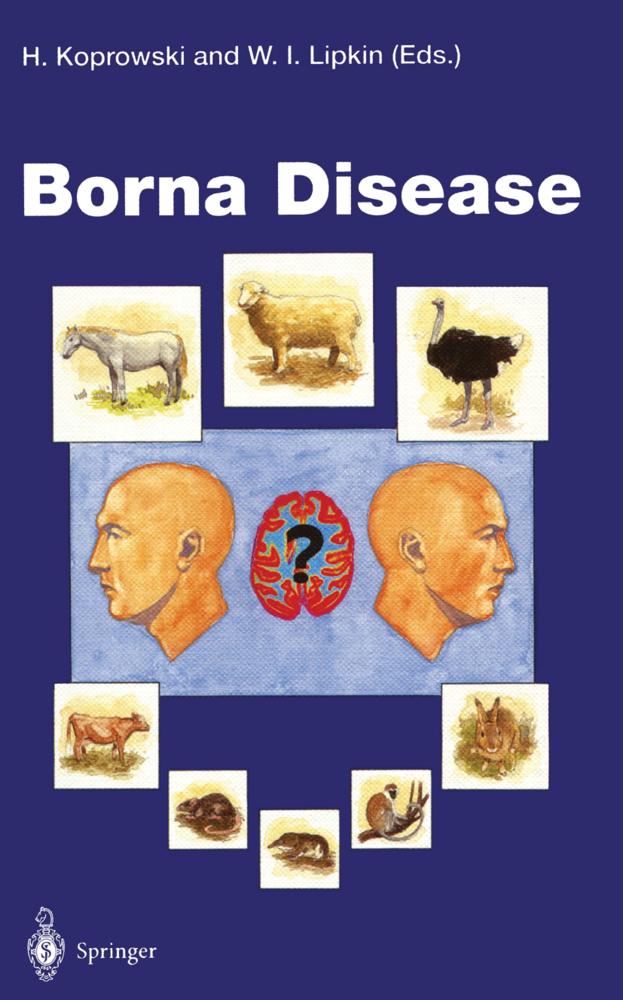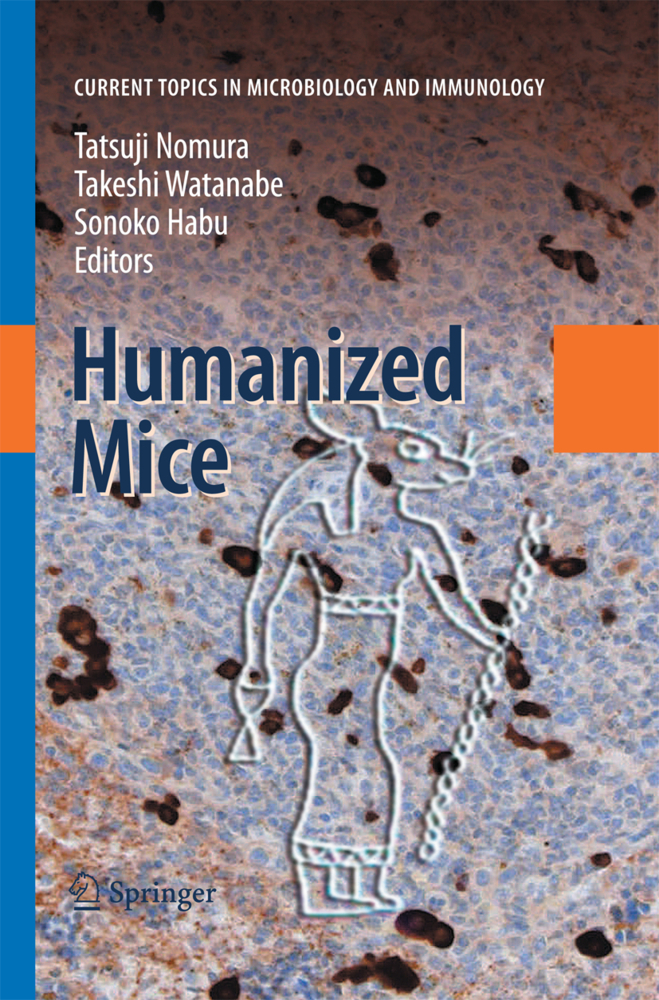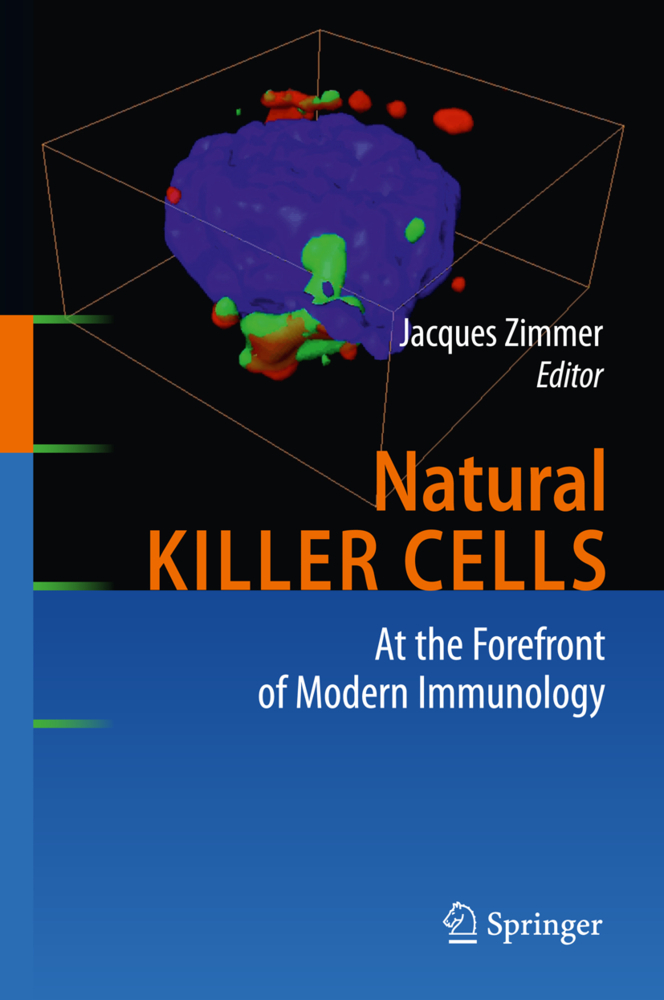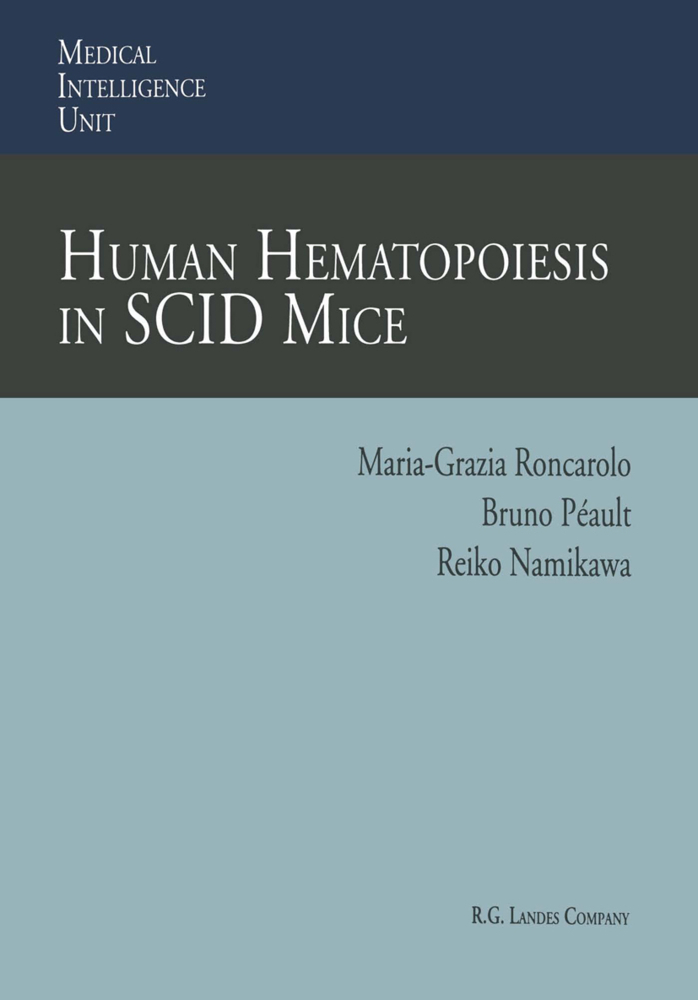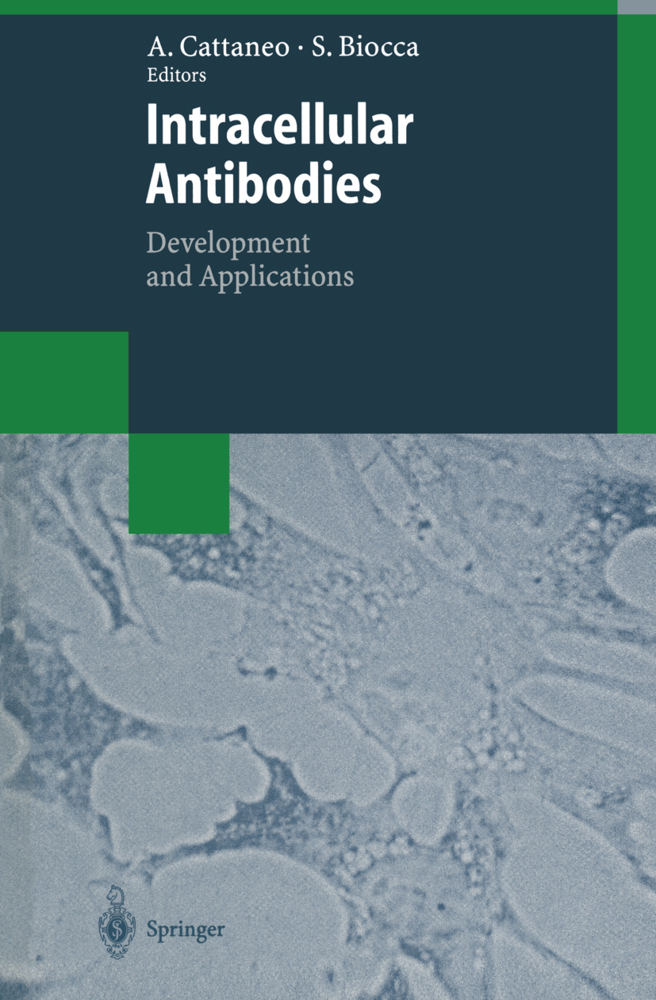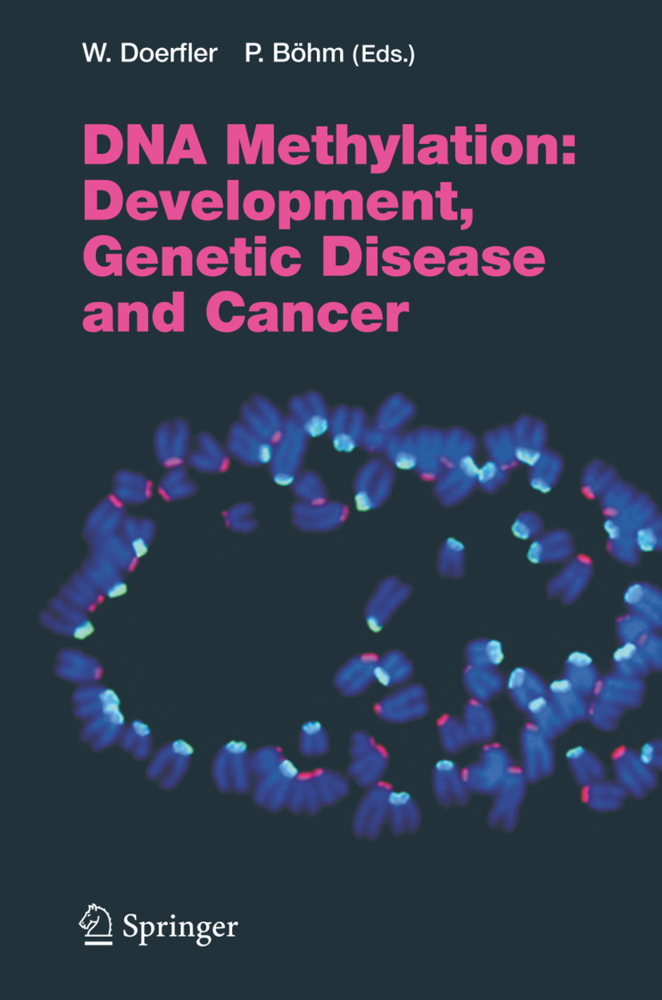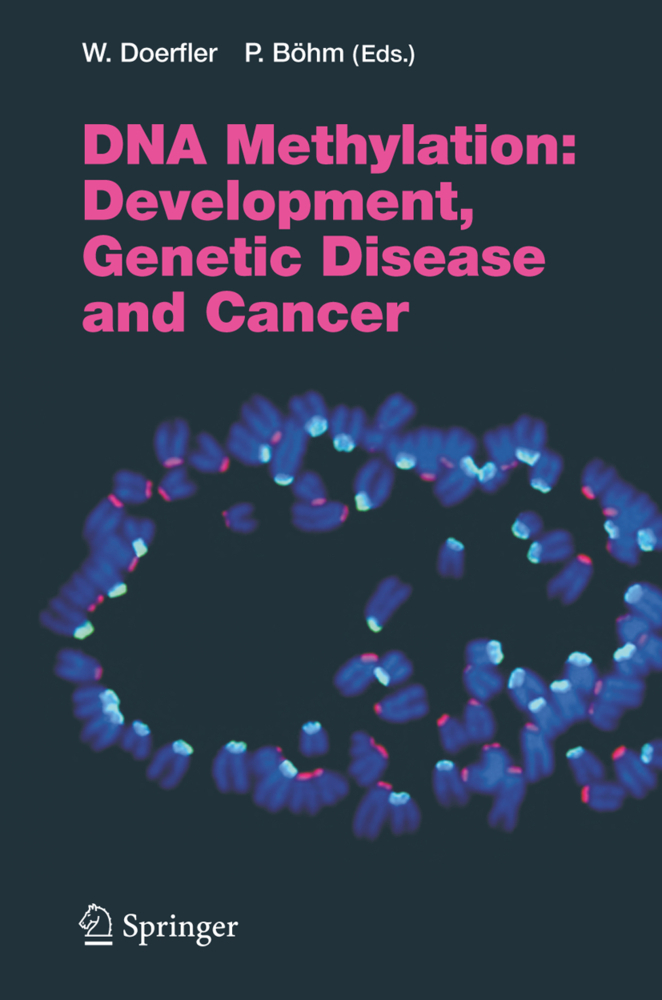For decades, T cells were thought to solely respond to protein-derived antigens. However, the discovery of the CD1 antigen presenting system shows how antigen presenting cells can display lipid antigens to T cells. Crystal structures show that CD1 proteins accomplish this function by inserting lipids into a hydrophobic groove on the distal surface of the protein, forming CD1-lipid complexes that act as ligands for T cell receptors. CD1-reactive T cells with conserved (NK T cells) or diverse T cell receptors possess cytokine secretion and other effector mechanisms that influence many aspects of immune response. There is increasing evidence that the CD1 system has been conserved throughout mammalian evolution and is capable of presenting structurally diverse diacyglycerol, sphingolipid, polyisoprenol and lipopeptide antigens. These features of CD1 antigen presentation systems now point to a new and expanded view of the natural function of ab T cells, which involves surveillance of both the protein and lipid components of target cells. Further, cellular systems that were previously considered to have functions in lipid metabolism can now be studied in context of their immunological functions. This volume provides a comprehensive discussion of these basic aspects of CD1 biology and summarizes the most recent research into the role of CD1 in infectious, autoimmune, allergic and neoplastic disease.
Molecular Biology
Evolutionary Biology of CD1Architecture of CD1 Proteins
Structure and Biology of Self Lipid Antigens
Structures and Functions of Microbial Lipid Antigens Presented by CD1
Cellular Biology
CD1 Expression on Antigen-Presenting Cells
Pathways of CD1 and Lipid Antigen Delivery, Trafficking, Processing, Loading, and Presentation
TCR-Mediated Recognition of Glycolipid CD1 Complexes
Development and Selection of V?14i NKT Cells
Disease
CD1-Restricted T Cells in Host Defense to Infectious Diseases
NKT Cells and Autoimmune Diseases: Unraveling the Complexity
iNKT Cells in Allergic Disease
CD1-Restricted T Cells and Tumor Immunity
Harnessing NKT Cells for Therapeutic Applications.
Moody, Branch D.
| ISBN | 978-3-540-69510-3 |
|---|---|
| Artikelnummer | 9783540695103 |
| Medientyp | Buch |
| Copyrightjahr | 2007 |
| Verlag | Springer, Berlin |
| Umfang | VII, 348 Seiten |
| Abbildungen | VII, 348 p. |
| Sprache | Englisch |

